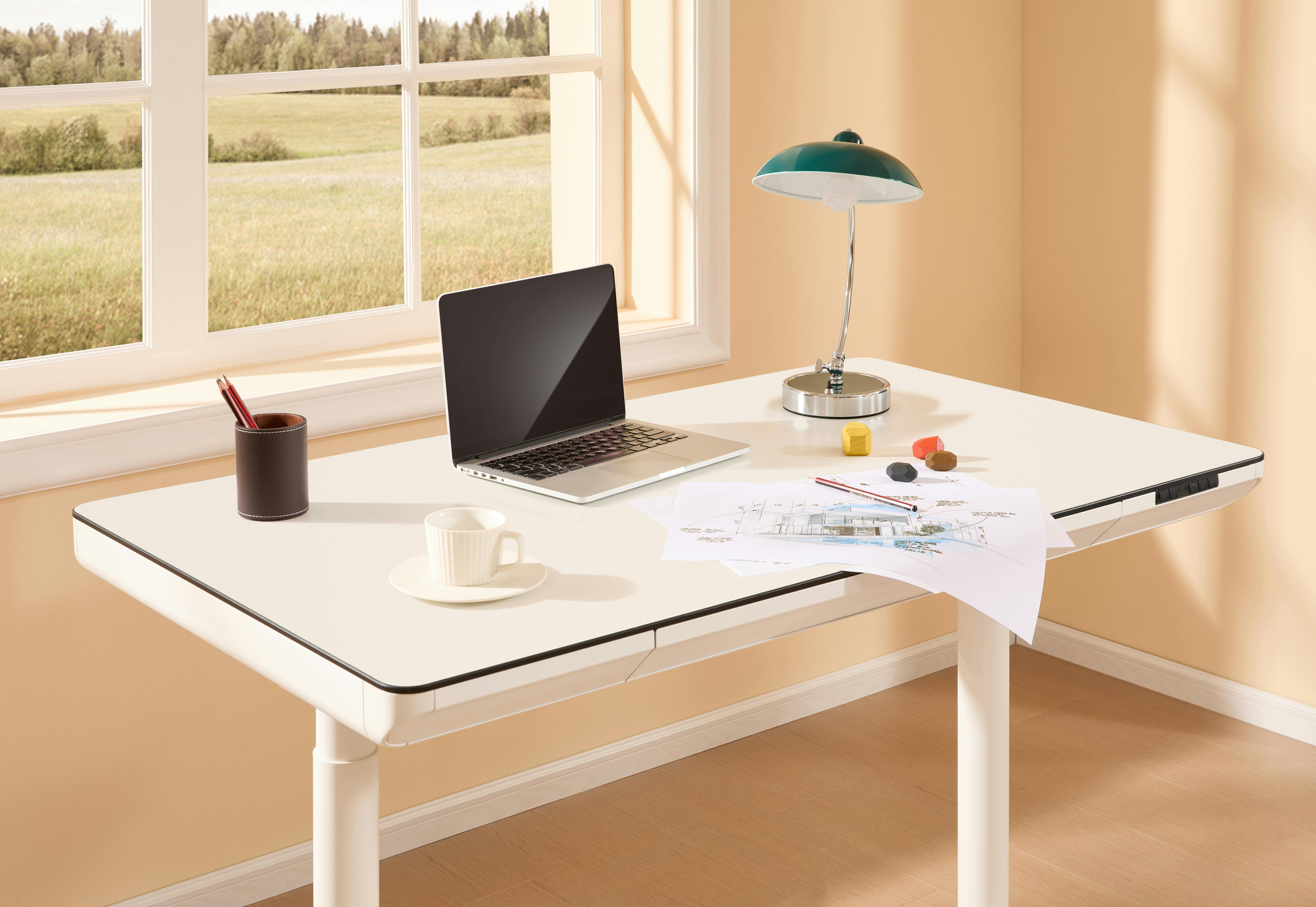A Deeper Look into the Growing Trend of Functional Furniture
Welcome to a world where furniture is not just about aesthetics but functionality and space optimization. A world where every piece of furniture serves multiple purposes, helping homeowners maximize their limited space, while still keeping the style quotient high. This is the world of functional furniture.

The Emergence of Functional Furniture
The concept of functional furniture might seem like a modern phenomenon, but the roots go back to the mid-20th century. During the post-war era, space was at a premium, and people needed furniture that could serve multiple purposes. This need gave birth to the idea of furniture that was not just aesthetically pleasing but also practical. Over the years, as living spaces became smaller and more expensive, the demand for functional furniture has only grown, evolving to cater to the contemporary lifestyle.
Current Trends in Functional Furniture Design
The world of functional furniture is constantly evolving, with designers coming up with innovative solutions to meet the ever-changing demands of homeowners. Among the current trends, furniture pieces with built-in storage are a popular choice. From beds with drawers underneath to coffee tables with hidden compartments, these pieces offer additional storage space without compromising on style.
Another trend is the rise of transformable furniture. Furniture pieces that can transform from one form to another, for example, a sofa that can turn into a bed or a table that can double up as a desk, are gaining popularity. These pieces offer versatility and are ideal for small spaces where every inch counts.
Practicality and Market Trends
Functional furniture has become a growing market in the home decor industry. It’s not just about space-saving anymore. Today’s consumers seek pieces that blend seamlessly with their lifestyle, aligning with their tastes while also addressing their practical needs.
The market for functional furniture is expected to grow exponentially in the coming years. According to a report by Allied Market Research, the global furniture market size was valued at $583.15 billion in 2017 and is projected to reach $800.59 billion by 2025. The rising demand for functional furniture is a significant contributor to this growth.
How Functional Furniture Enhances Daily Living
Functional furniture can significantly enhance daily living. It can help in maximizing space, keeping the home clutter-free, and improving the overall aesthetic appeal. For instance, a coffee table with storage compartments can help keep magazines, remote controls, and other items organized, reducing clutter. A sofa-cum-bed can come in handy when you have guests over, eliminating the need for a separate guest room.
Conclusion
Functional furniture is all about finding the perfect balance between style, comfort, and practicality. It’s about creating a home that’s not just beautiful but also functional and efficient. As the trend continues to grow, we can expect to see more innovative designs and solutions that challenge the traditional notion of furniture and redefine our living spaces.




